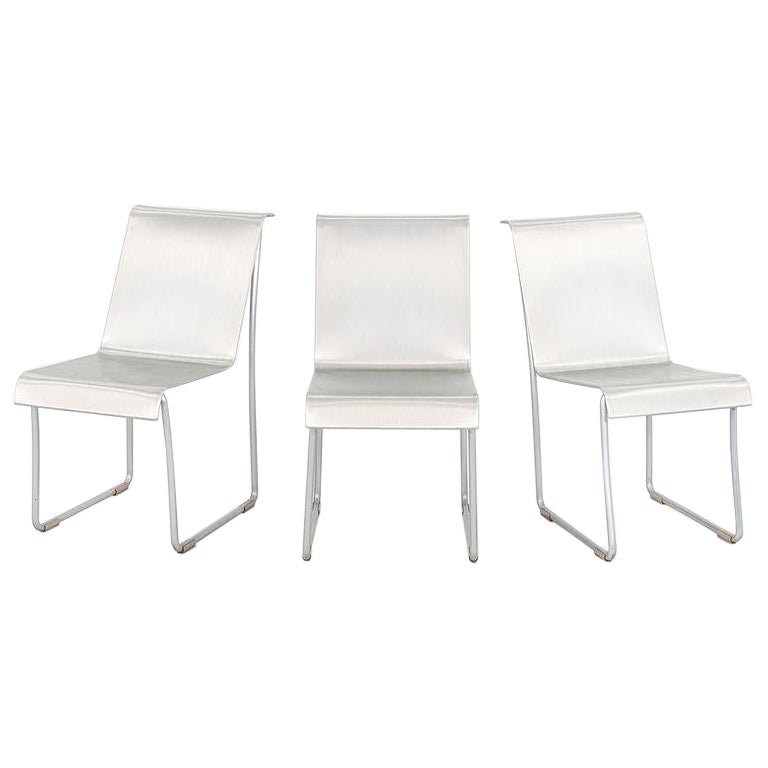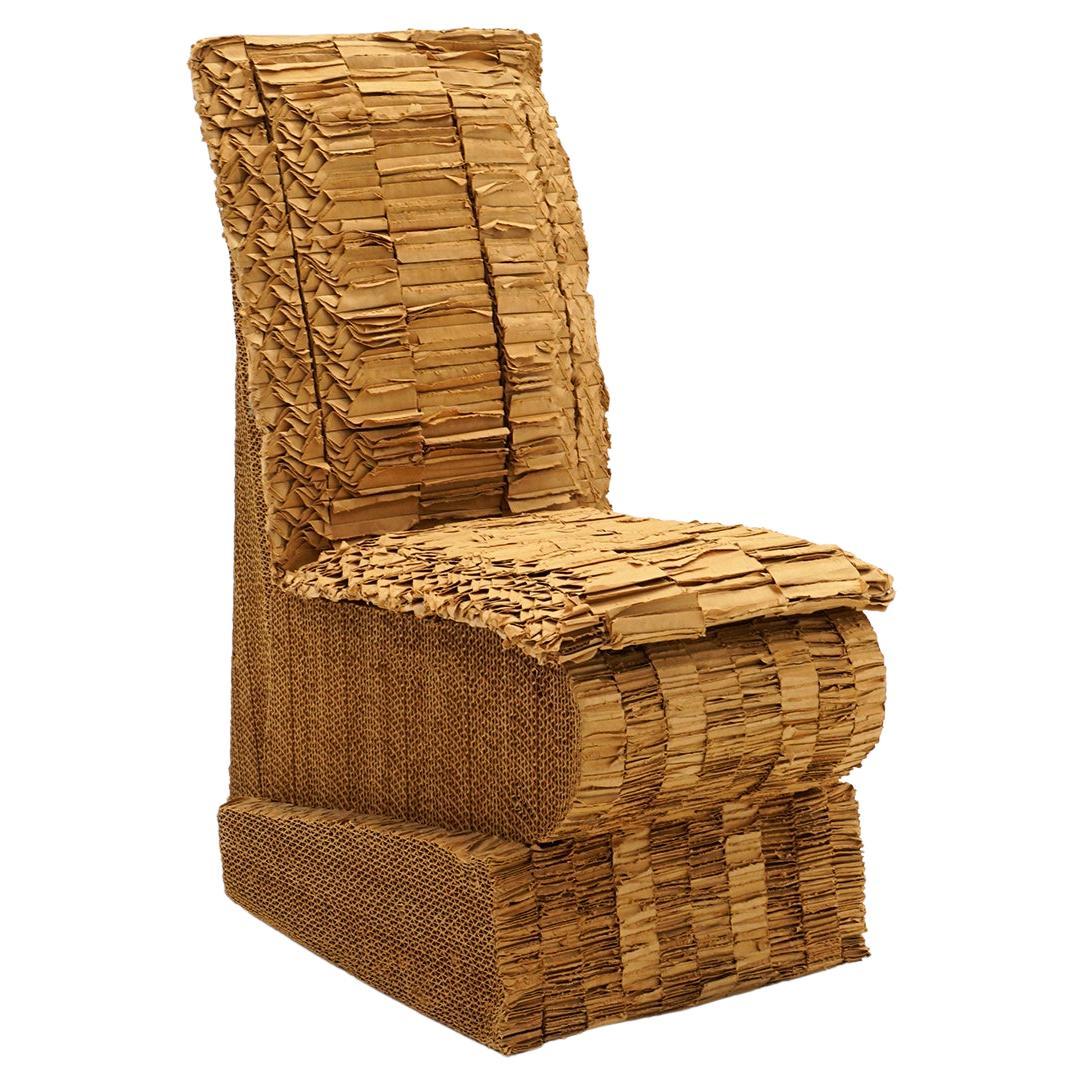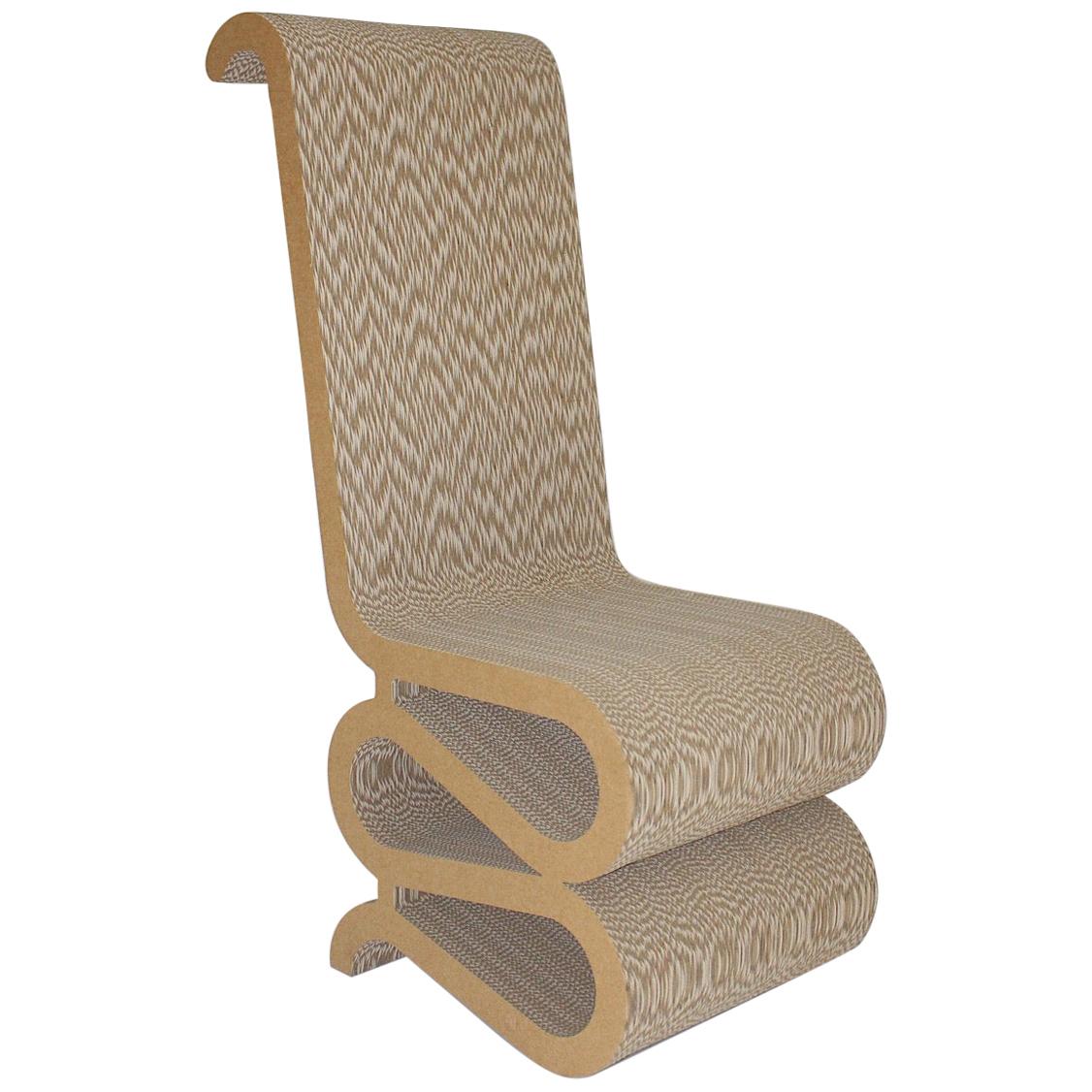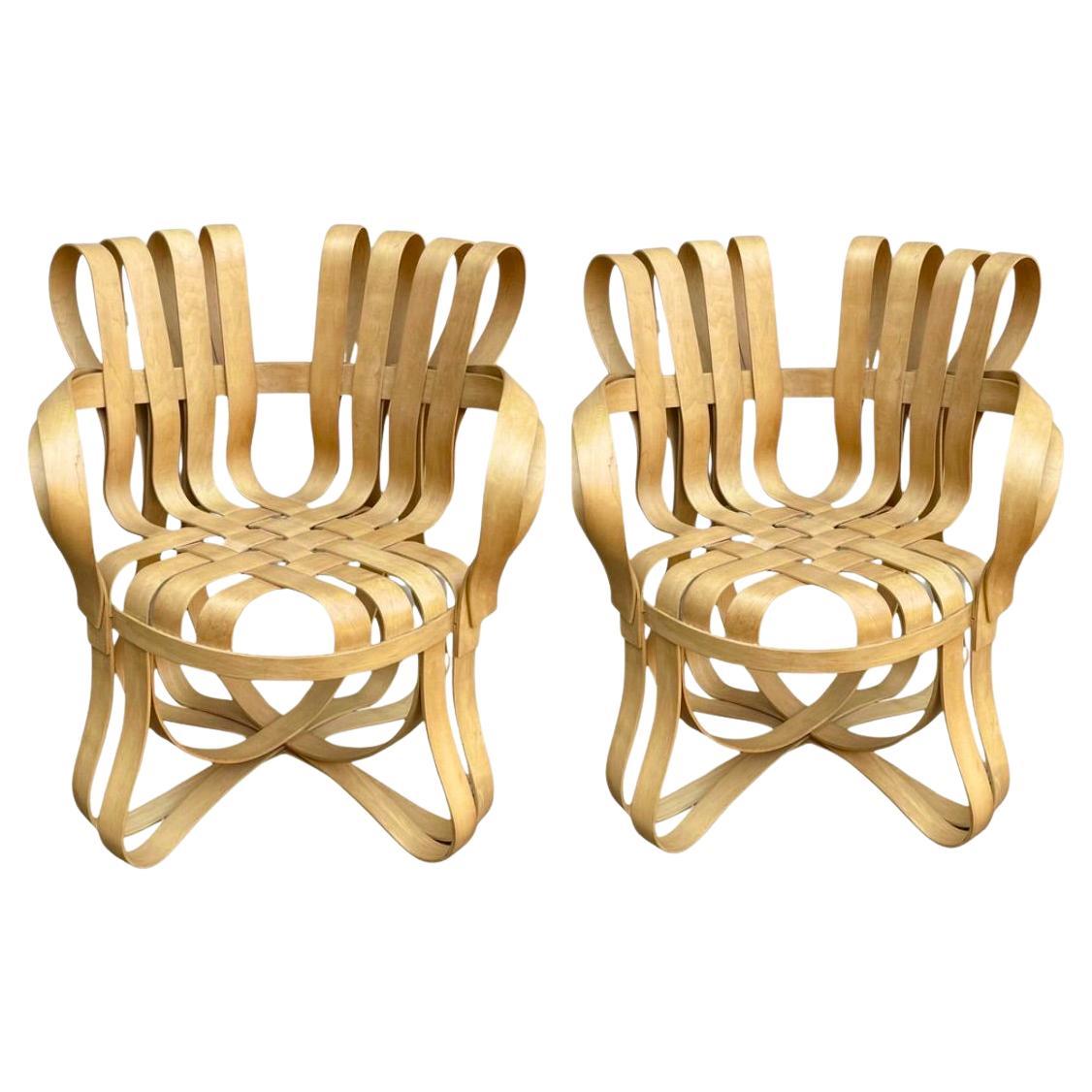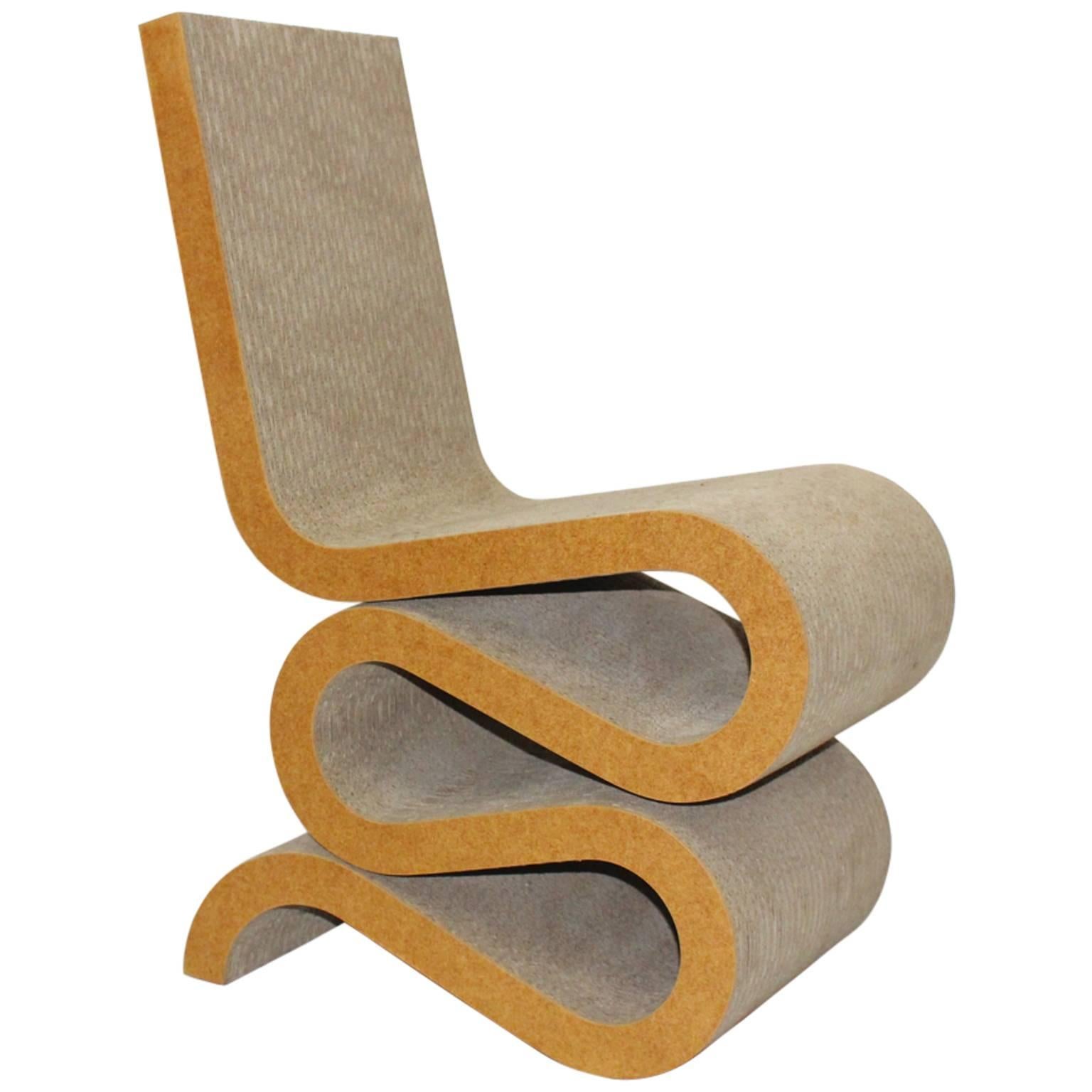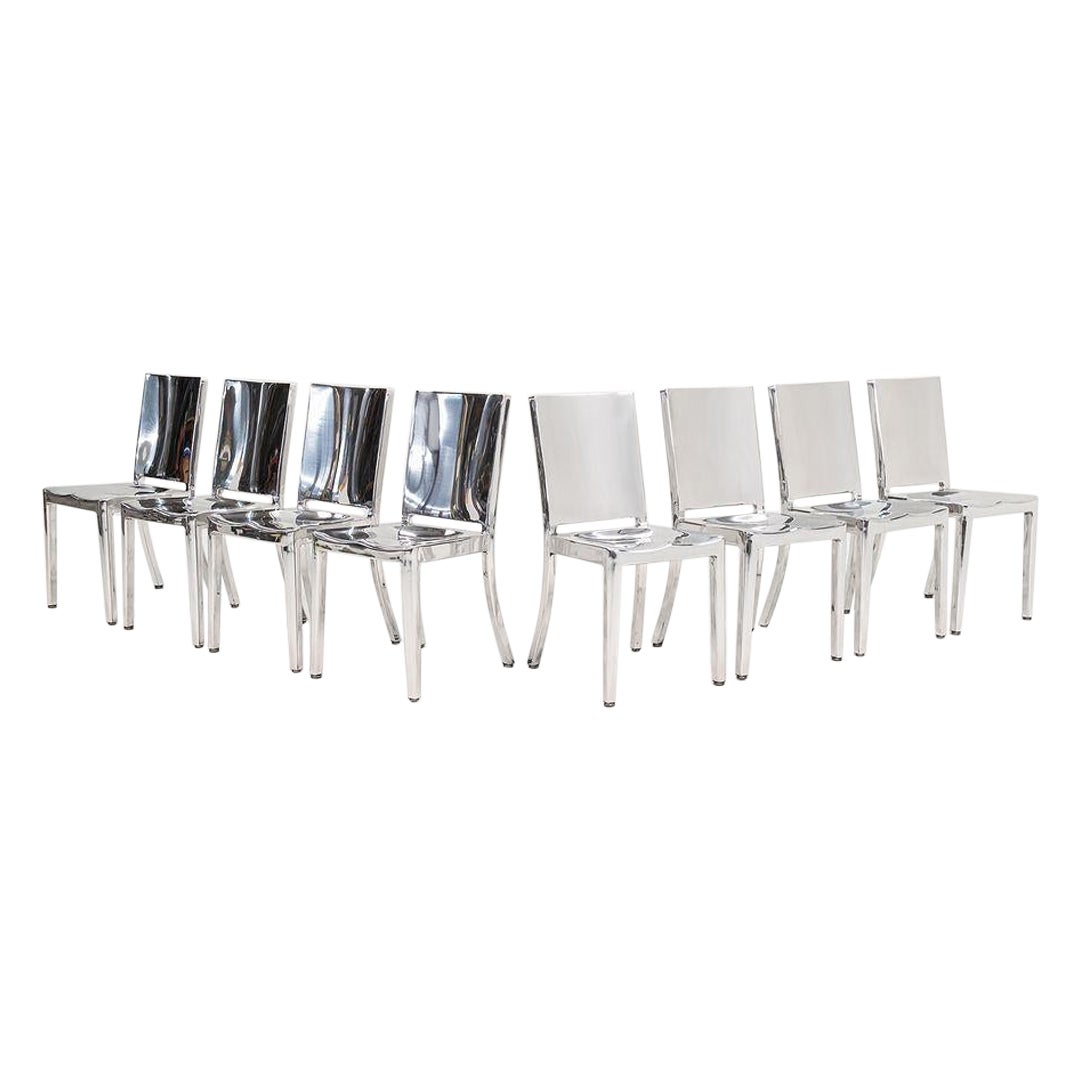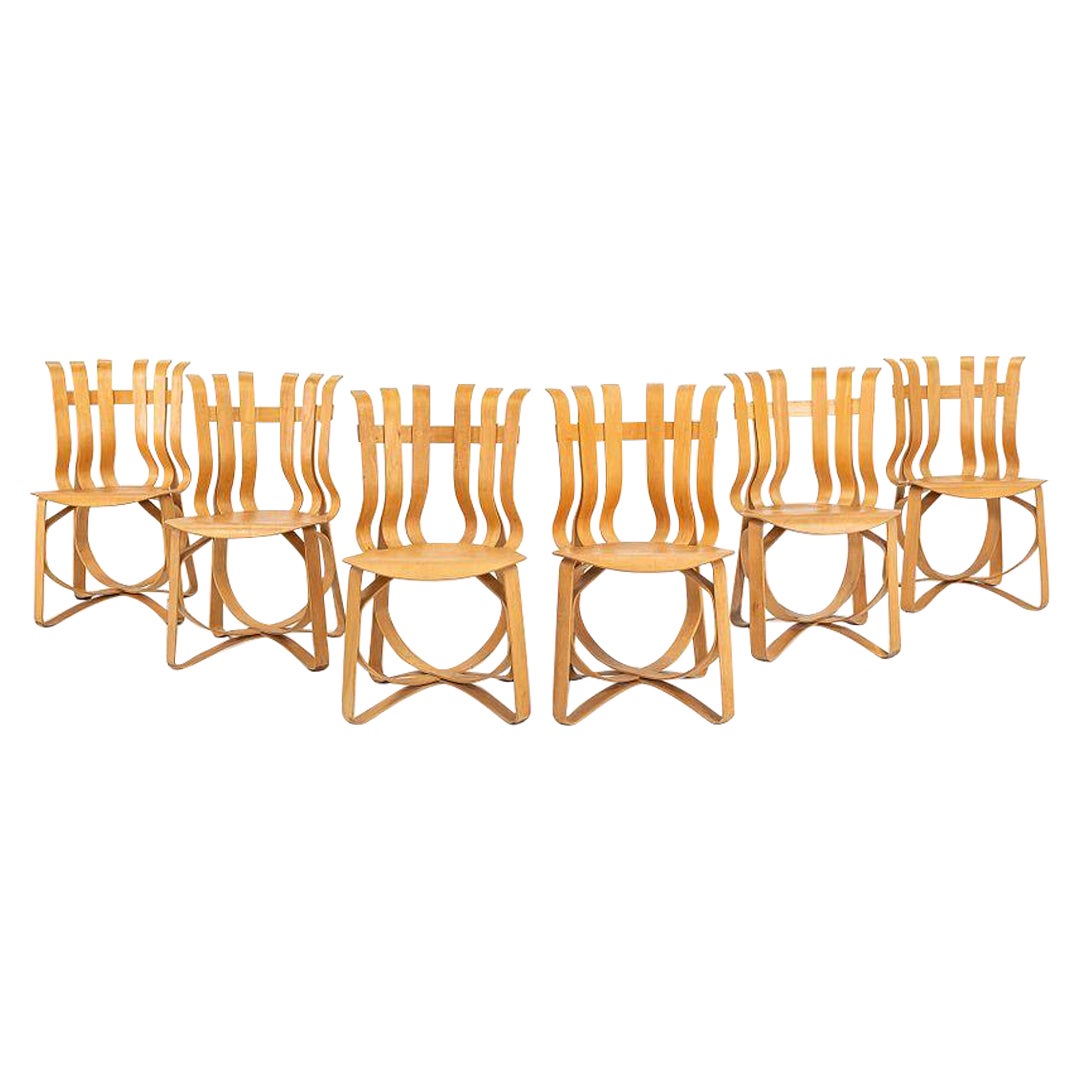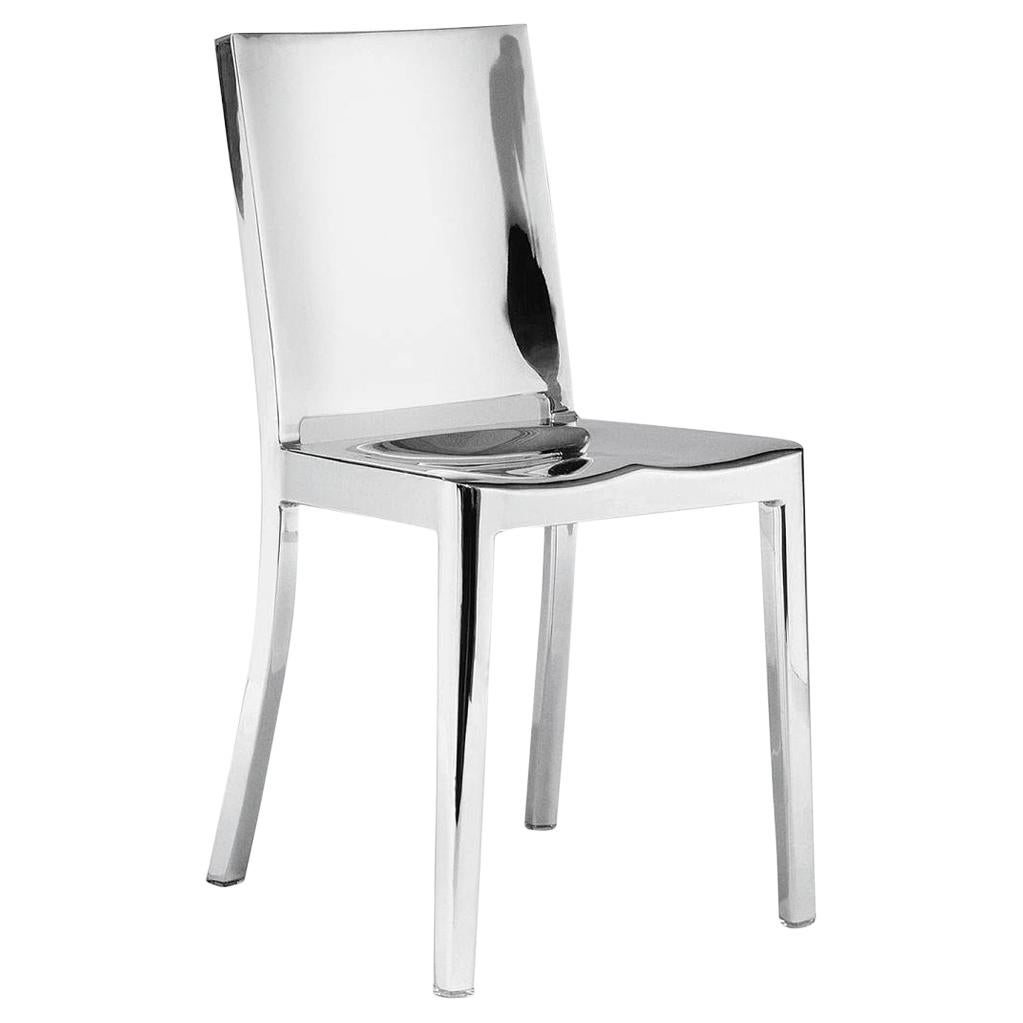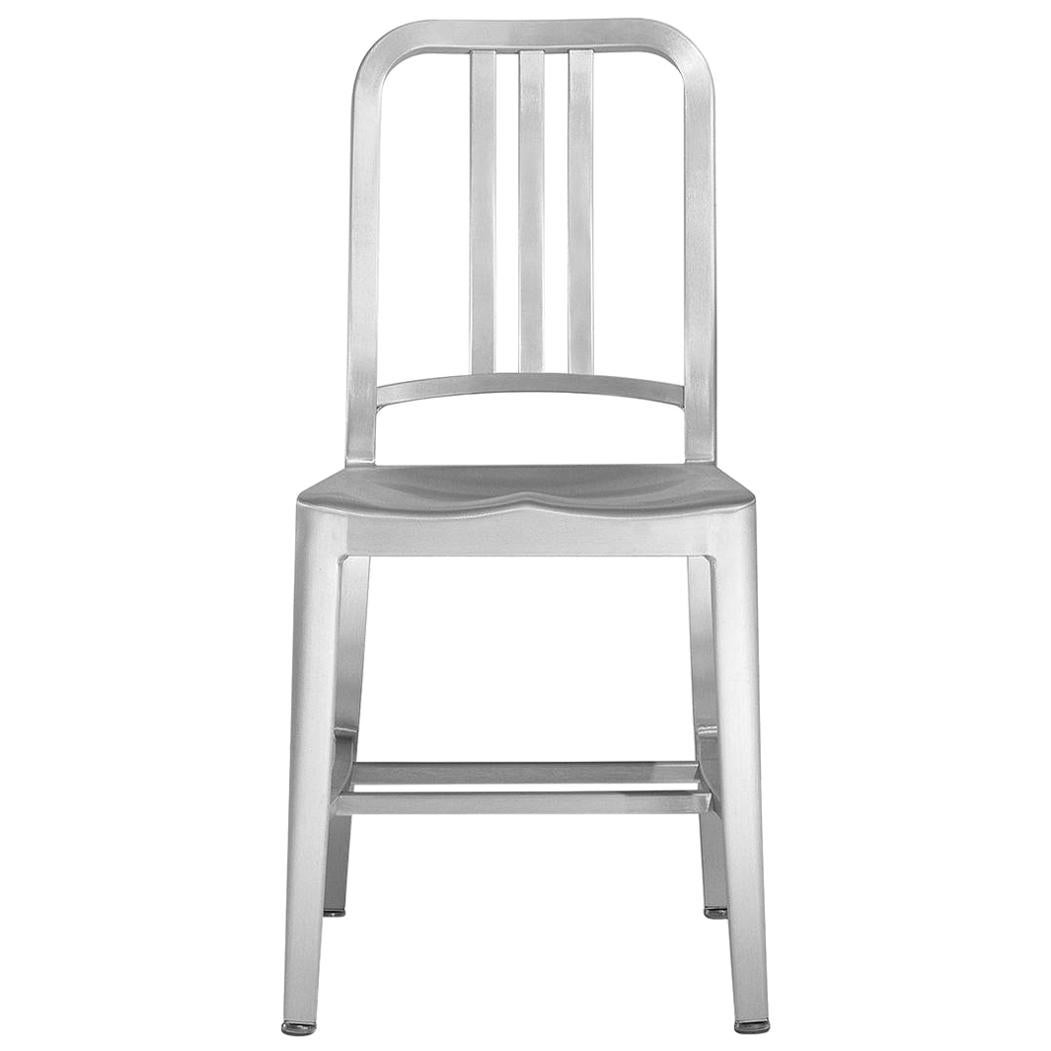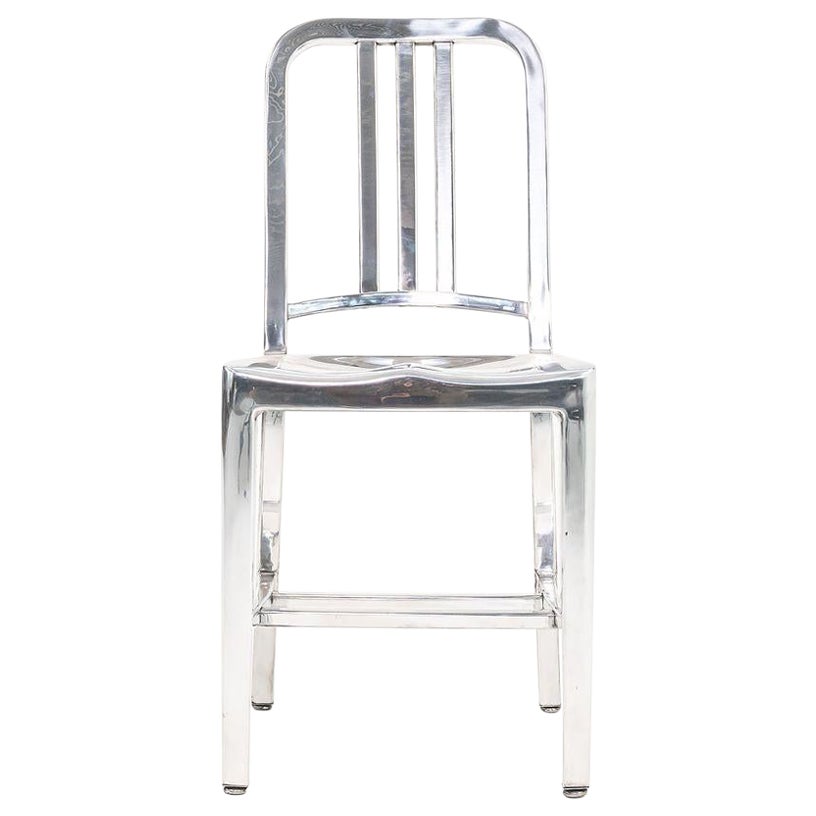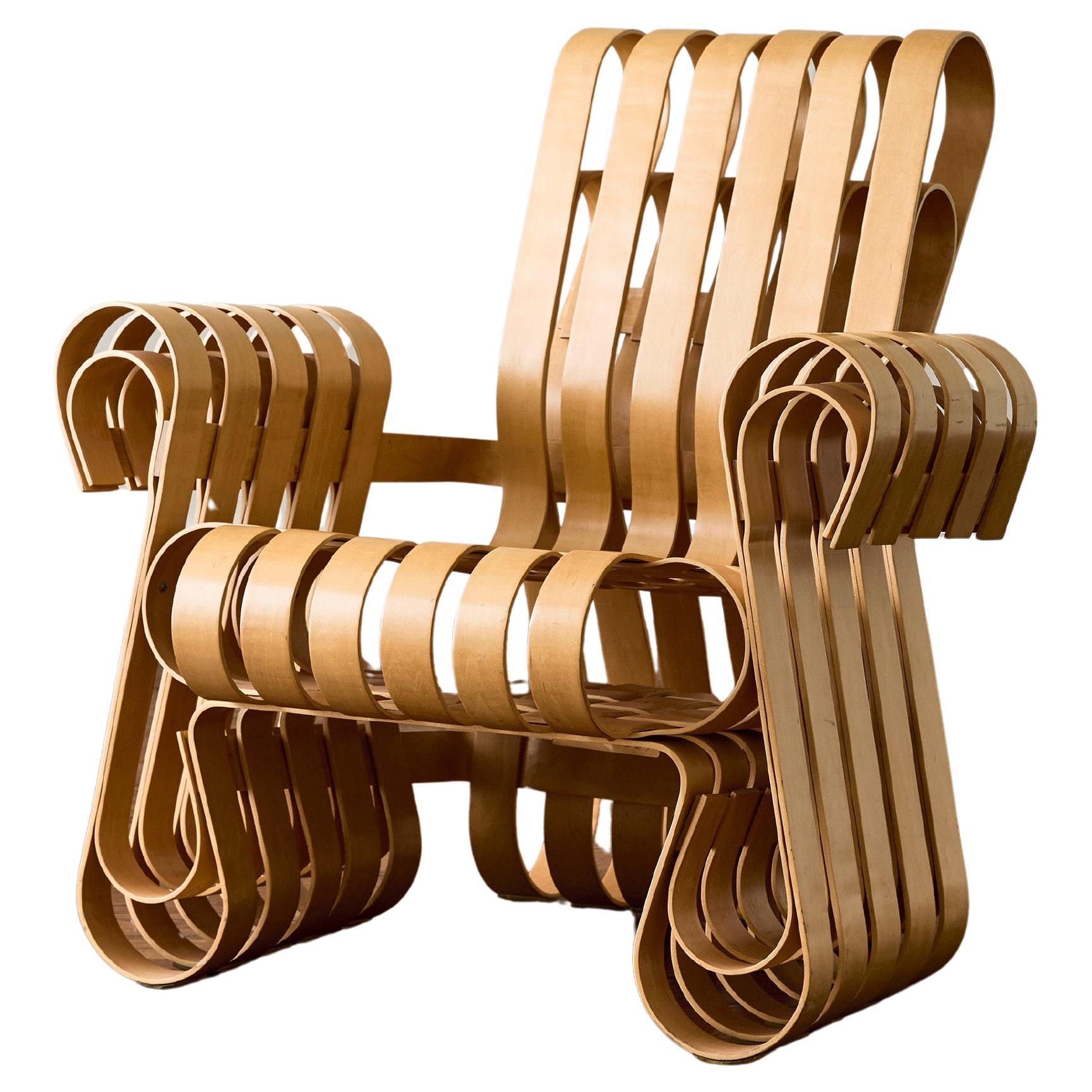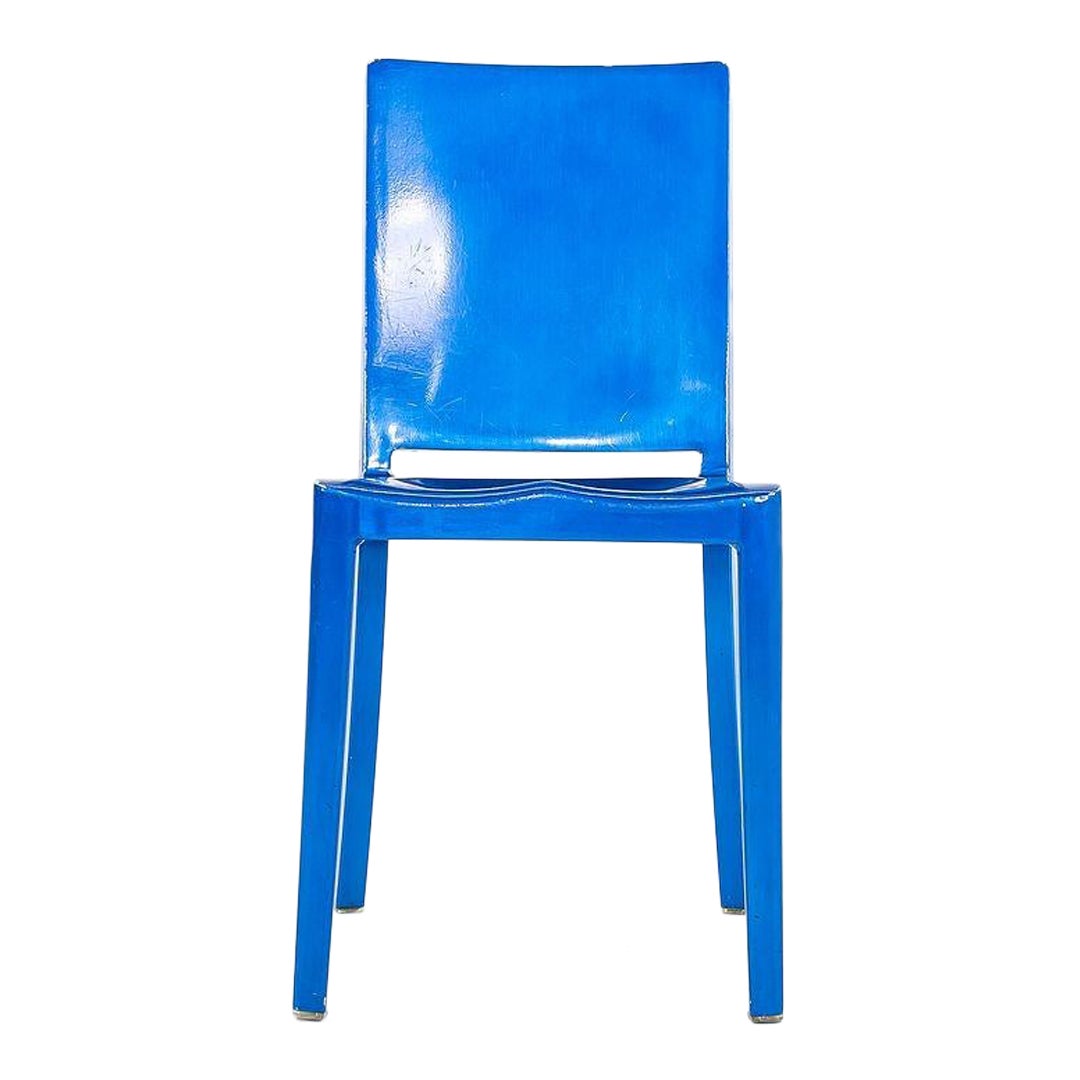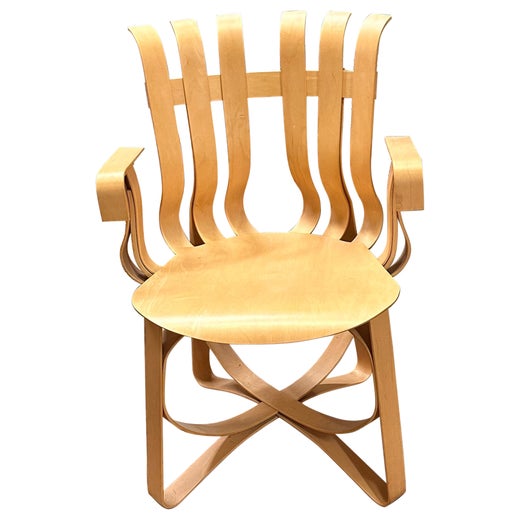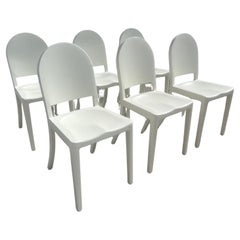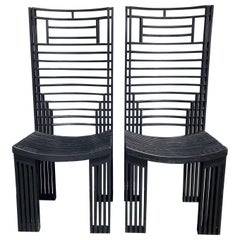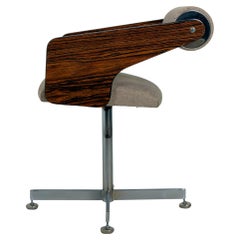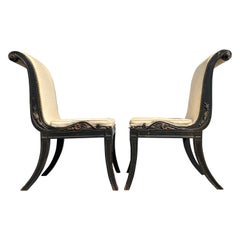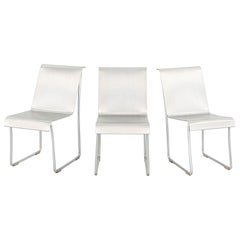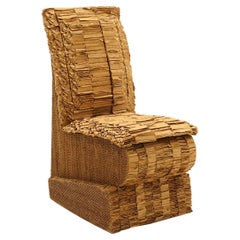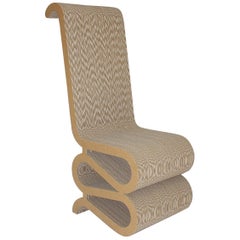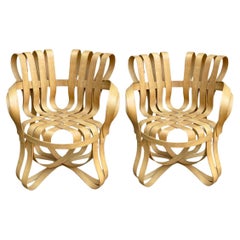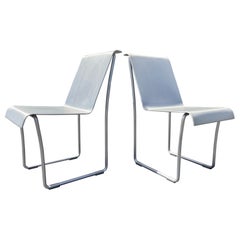
Frank Gehry Superlite Chairs by Emeco First Edition
View Similar Items
Frank Gehry Superlite Chairs by Emeco First Edition
About the Item
- Creator:Emeco (Manufacturer),Frank Gehry (Designer)
- Dimensions:Height: 32 in (81.28 cm)Width: 16.5 in (41.91 cm)Depth: 24 in (60.96 cm)Seat Height: 16.25 in (41.28 cm)
- Style:Modern (Of the Period)
- Materials and Techniques:
- Place of Origin:
- Period:
- Date of Manufacture:2004
- Condition:Wear consistent with age and use. Some wear, scratches and nicks.
- Seller Location:Miami, FL
- Reference Number:1stDibs: LU1888333356642
Frank Gehry
With magnificent buildings such as the Guggenheim Bilbao, Disney Concert Hall in Los Angeles and the new Foundation Louis Vuitton in Paris, Frank Gehry has changed the nature and spirit of contemporary architecture. Yet the world’s best-known living architect has also enjoyed a prolific career as a designer of artful and functional objects, ranging from furniture to jewelry, that even at smaller scale are as lively and captivating as his architectural designs.
Gehry was born in Toronto and moved with his family to Los Angeles in 1947. He received a degree in architecture from the University of Southern California in 1954 and — after several years of casting about that included a stint in the U.S. Army and studies at Harvard — Gehry opened his architectural practice in L.A. in 1962.
Idiosyncratic renovations to his small, traditional house in Santa Monica — such as cladding portions of the exterior in chain-link fencing and corrugated metal — drew attention to Gehry in architectural circles. Corporate and institutional commissions added to his reputation, culminating in the global acclaim that greeted the opening of the Guggenheim Bilbao in 1997. But the combination of visual dynamism and structural integrity expressed by that building had been evident for decades in Gehry’s designs. In 1972 he introduced a much-admired line of furniture he called Easy Edges. The curves and flowing lines of the pieces, which include the Wiggle chair, seem antithetical to the material are made from: cardboard — a presumably flimsy material that, when stacked, laminated and folded, is actually extraordinarily sturdy.
Many of Gehry’s designs feature an abstracted fish motif. For the architect, it is a symbol of vitality, strength and flexibility. The fish appears in a group of 1982 plastic lamps created for Formica (and exhibited by the Jewish Museum in New York in 2010). Gehry used the motif in crystal goblets for Swid Powell (1990), his Pito kettle for Alessi (1992) and as earrings for a 2006 jewelry collection for Tiffany that also includes torqued rings, necklaces and bangles.
Gehry returned to furniture design in 1992 with a remarkably energetic line of furniture for Knoll with frames and seating made of bent, lightweight wooden strops. (The pieces' names, such as Power Play and Cross Check, derive from ice hockey.) In 2004, Heller released a group of twisted, faceted furnishings in molded polyethylene meant to evoke Gehry’s architecture. But — whether its tableware, jewelry or furniture — all Gehry’s designs do that--sharing an animated aesthetic built on a solid foundational core. To possess a piece of Gehry design is to own one of his buildings, in miniature.
Find vintage Frank Gehry chairs, tables and other furniture on 1stDibs.
Emeco
While they’re best known for their revolutionary Navy chair, iconic American furniture company Emeco makes a whole range of seating and other furniture — not just seaworthy chairs. The development of each product is guided by an eco-friendly ethos and pragmatic approach to design.
Emeco began to take shape during the 1940s, when the U.S. Navy needed a lightweight, fireproof chair that could withstand a torpedo blast and hold up to use by “big, burly sailors,” says Gregg Buchbinder, Emeco’s chief executive.
With experts from the Aluminum Company of America, an engineer named Wilton C. Dinges (1916–74) delivered, and the Emeco 1006 — that is, the Navy chair — an aluminum classic, was born. In order to demonstrate the chair’s sturdiness, Dinges threw it from the eighth floor of a hotel in Chicago, and when it landed, the chair bounced in lieu of breaking or bending.
The engineer secured a contract to manufacture the Navy chair beginning in 1944 at the Electrical Machine and Equipment Company (Emeco), which he’d founded a few years earlier in Hanover, Pennsylvania. In the ensuing decades, the factory’s craftsmen would stamp out by hand hundreds of thousands of Navy chairs for battleships, aircraft carriers and submarines — a process that requires more than 70 steps.
Today, the impossibly durable Navy chair, which is recyclable and made of at least 80 percent recycled aluminum, inspires knockoffs left and right and can be found in a variety of public settings, from upscale restaurants to hotels and offices. But it took time to get here.
In 1979, Gregg’s father, Jay Buchbinder, a businessman whose Long Beach, California, furniture company manufactured seating for fast food restaurants, purchased Emeco. The company hit a rough patch in the 1990s. When Gregg acquired Emeco from Jay in 1998, he took the $2 million in debt that came along with it. Fortuitously, Gregg learned that the Navy chair had taken on a new nonmilitary identity around the same time and that it was increasingly seen as sleek and retro in addition to being great submarine seating. Orders for the Navy chair were coming in from design luminaries like Ettore Sottsass, Giorgio Armani and a daring young French designer named Philippe Starck, who purchased a large number of 1006s for Ian Schrager’s Paramount hotel in New York City.
Gregg seized on Emeco’s newfound popularity, initiating a partnership with Starck, who would design the company’s Hudson Collection, a line planned for Manhattan’s Hudson Hotel that saw the Navy chair take on the form of a barstool and other pieces. He also partnered with Frank Gehry, whose Superlight chair for Emeco can be hoisted off the ground with one hand. Collaborations with Jasper Morrison, Jean Nouvel and others followed, and today, Emeco continues to build durable seating furniture from a range of recycled materials with a variety of designers.
Find authentic Emeco chairs, stools, tables and other furniture on 1stDibs.
More From This Seller
View All2010s American Modern Dining Room Chairs
Aluminum
Vintage 1980s American Modern Side Chairs
Oak
Vintage 1960s Canadian Mid-Century Modern Side Chairs
Metal
Vintage 1920s American Dining Room Chairs
Leather, Wood
Vintage 1980s American Modern Armchairs
Brass
Vintage 1950s French Side Chairs
Fabric, Wood
You May Also Like
Early 2000s American Modern Side Chairs
Aluminum
Vintage 1980s Canadian Post-Modern Chairs
Plywood, Paper
Late 20th Century Modern Side Chairs
Paper
20th Century Modern Side Chairs
Maple, Bentwood, Plywood
Vintage 1970s Mid-Century Modern Chairs
Paper
Early 2000s American Modern Side Chairs
Aluminum
Recently Viewed
View AllRead More
Five of Our Favorite Pieces From the Cooper Hewitt’s Storage
The off-site collection comprises more than 215,000 pieces.
These New York Architects Love a Complicated Project
From Brooklyn townhouses to Maine campgrounds, Trattie Davies and Jonathan Toews relish a challenge, like transforming a former warehouse space into the new 1stdibs Gallery.
